Mexico’s culinary landscape offers one of the world’s most diverse and regionally distinct food experiences. From coastal seafood specialties to mountain village traditions, the country delivers an extraordinary range of flavors that have earned its cuisine UNESCO Intangible Cultural Heritage status.
Mexican food goes far beyond the familiar tacos and enchiladas that have been exported globally – each region maintains distinctive ingredients, techniques, and dishes found nowhere else. Here is a list of 15 destinations across Mexico where food enthusiasts can indulge in authentic regional cuisines that showcase the country’s remarkable culinary diversity.
Oaxaca City
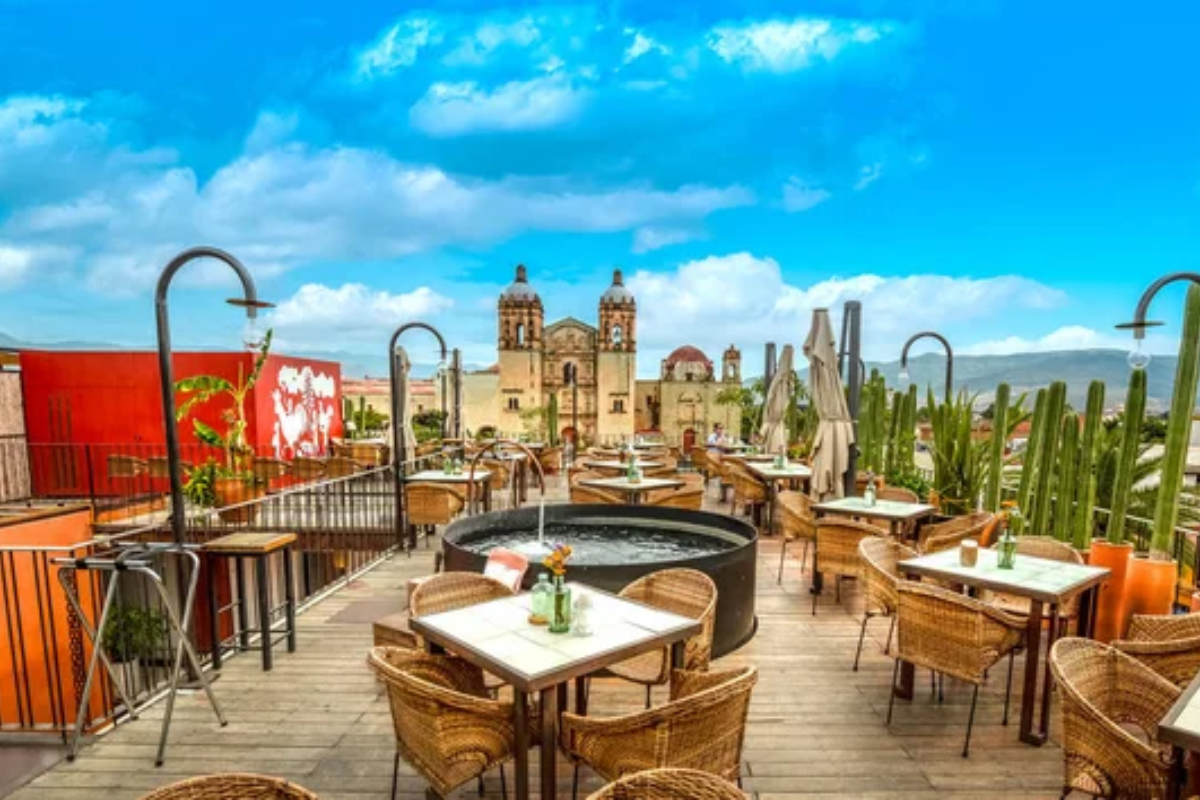
The undisputed culinary capital of Mexico offers an extraordinary concentration of regional specialties in its historic center. The city’s markets, like 20 de Noviembre, feature smoking food halls where visitors can sample tlayudas – enormous tortillas topped with beans, cheese, and meats.
The seven moles of Oaxaca represent complex sauces requiring dozens of ingredients, with the black mole containing over 30 components, including chocolate. Nearby villages specialize in specific dishes like tejate (a pre-Hispanic cacao drink) and chapulines (seasoned grasshoppers), all available through daily market trips.
The city blends Zapotec cooking traditions and colonial influences into a cuisine unlike anything else in Mexico.
Mexico City’s Centro Histórico
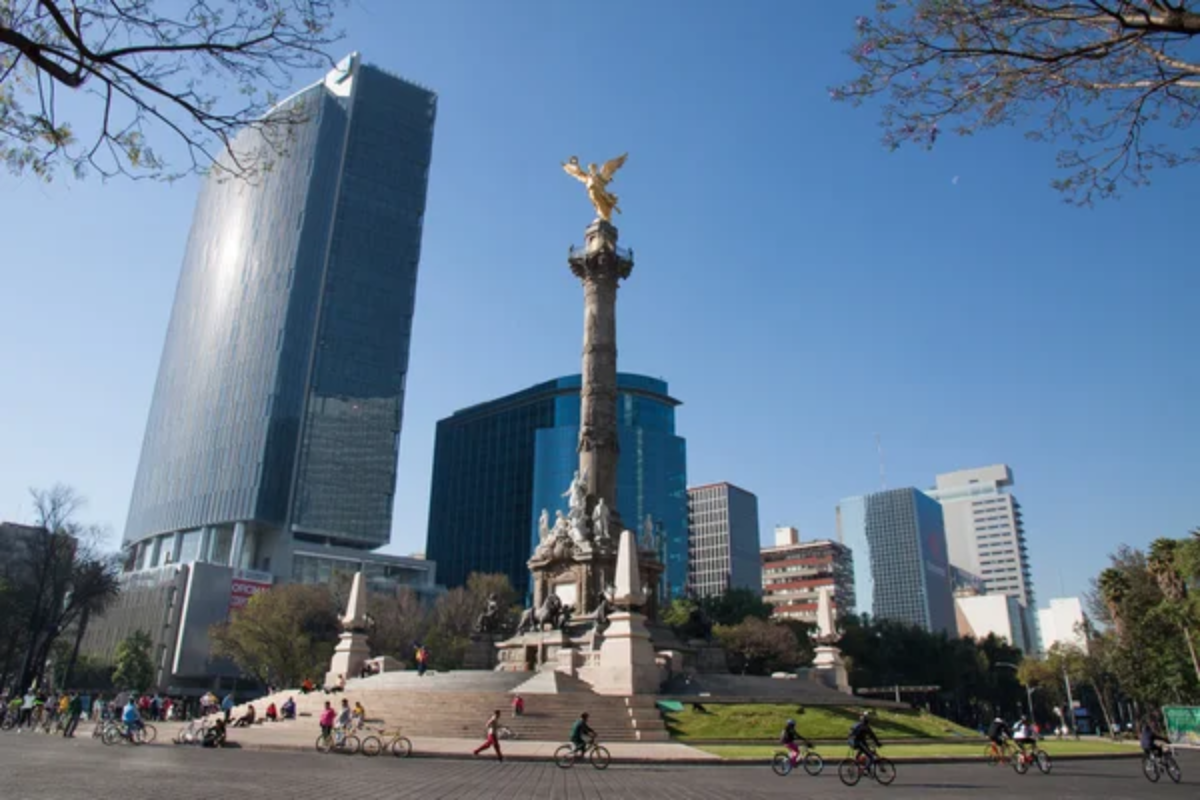
The historic center of Mexico’s capital packs centuries of culinary evolution into walkable streets lined with everything from street food to fine dining. Traditional fondas serve comida corrida – multi-course midday meals – while street vendors offer regional specialties from across the country.
Historic establishments like Café de Tacuba have served traditional Mexican cuisine since 1912 in colonial buildings, while nearby markets like La Merced offer an overwhelming variety. The area showcases Mexico’s culinary continuum, from pre-Hispanic ingredients like huitlacoche (corn fungus) to contemporary interpretations at restaurants like Limosneros.
The density of options means visitors can sample distinctive regional dishes from across the country without leaving central Mexico City.
Like Travel Pug’s content? Follow us on MSN.
Puebla City

This colonial city birthed some of Mexico’s most internationally recognized dishes, including mole poblano and chiles en nogada. The city center contains traditional cemitas sandwich shops, sweet shops specializing in camotes (sweet potato candies), and restaurants serving classic mole poblano – the chocolate-tinged sauce created by nuns at the Santa Rosa convent.
The nearby Mercado El Carmen houses dozens of fondas serving regional classics like chalupas, poblanas, and molotes. Arab influences from Lebanese and Syrian immigrants appear in the city’s tacos árabes and Middle Eastern-inspired sweets found throughout the historic center.
The combination of indigenous ingredients, Spanish techniques, and religious culinary traditions created Puebla’s distinctive regional cuisine.
Ensenada

This Baja California coastal city claims to be the birthplace of the fish taco and offers seafood so fresh it’s often consumed within hours of being caught. The city’s fish market doubles as an informal food hall where vendors compete to serve the freshest ceviches, agua chiles, and fish tacos on homemade tortillas.
Nearby Valle de Guadalupe wine country provides the perfect accompaniment to the region’s Mediterranean-influenced Baja Med cuisine found at both food trucks and upscale restaurants. The port’s location provides access to both Pacific and Sea of Cortez catches, displayed in magnificent seafood towers called molcajetes de mariscos.
The city’s proximity to the US border has created a unique cross-cultural cuisine that remains distinctly Mexican while incorporating international influences.
San Miguel de Allende

This picturesque colonial town combines traditional Mexican cooking with sophisticated culinary innovation thanks to its international resident community. The central market offers regional specialties like gorditas de nata and locally produced cheeses while surrounding streets feature everything from traditional carnitas spots to modern Mexican restaurants.
The town’s popularity with expatriates has created fusion establishments that blend Mexican ingredients with international techniques, along with cooking schools where visitors can learn traditional methods. Farm-to-table restaurants utilize produce from nearby organic farms in the Bajío region, known as Mexico’s breadbasket.
The combination of deep traditions and cosmopolitan influences makes this town a microcosm of contemporary Mexican cuisine’s evolution.
Like Travel Pug’s content? Follow us on MSN.
Michoacán’s Pátzcuaro Region

This highland area preserves pre-Hispanic cooking techniques centered around Lake Pátzcuaro and its indigenous Purépecha communities. The region specializes in corundas – triangle-shaped tamales – and carnitas prepared in enormous copper cauldrons using centuries-old methods.
Local markets showcase unique ingredients like white fish from Lake Pátzcuaro, while village specialties include Quiroga’s carnitas, Santa Fe’s chorizo, and Tzintzuntzan’s pottery-based cooking. The regional cuisine maintains strong pre-Hispanic roots with limited colonial influence, showcasing cooking methods that pre-date Spanish arrival.
The area represents one of Mexico’s most culturally intact food regions, where ancient agricultural practices and cooking techniques continue relatively unchanged.
Mérida
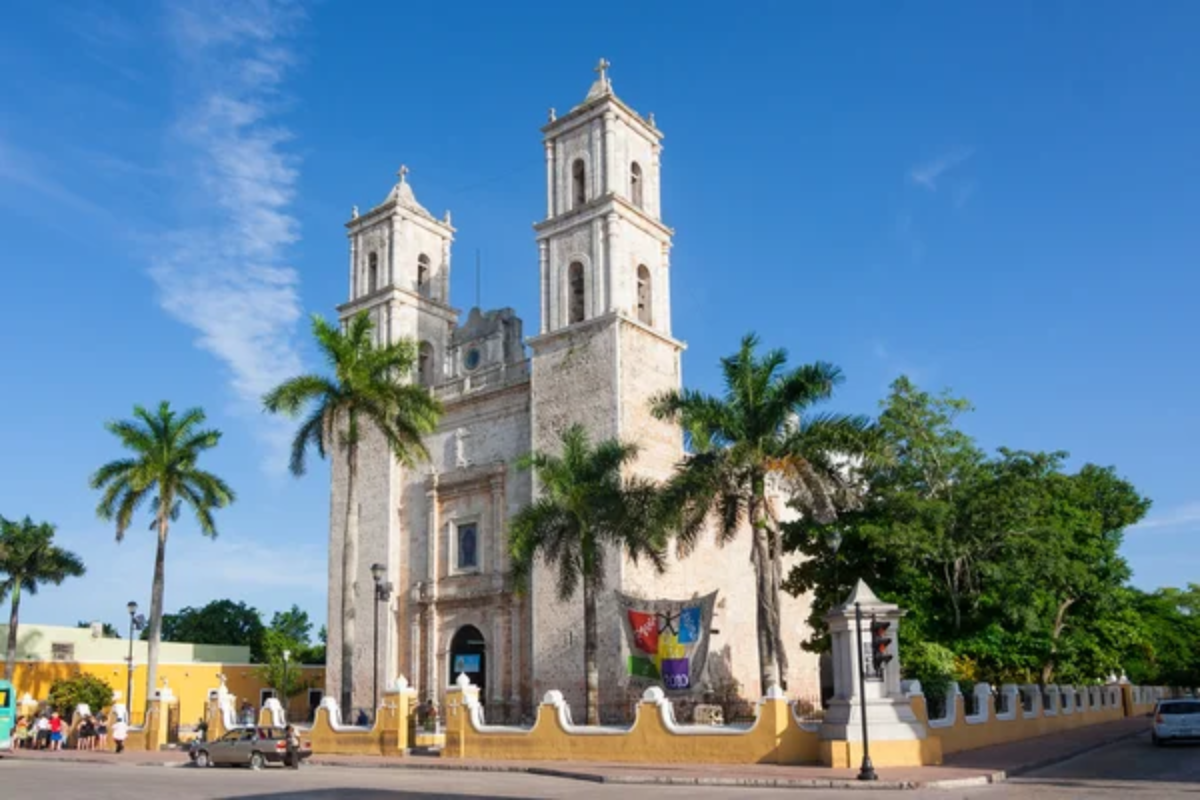
The capital of Yucatán state offers a cuisine distinct from other Mexican regions due to its Maya heritage and unusual isolation throughout history. Iconic dishes like cochinita pibil (achiote-marinated pork) and papadzules (egg-filled tortillas with pumpkin seed sauce) feature prominently in local markets and restaurants around the central plaza.
The region’s limestone-filtered water creates distinctive flavors in everything from tortillas to local fruits used in aguas frescas. Local specialties incorporate unique ingredients like recado negro (charred chile paste) and Seville oranges originally brought by Spanish colonists.
The regional cuisine employs distinctive cooking methods, including pib (underground pit cooking), that reflect Maya traditions that have persisted for thousands of years.
Mazatlán
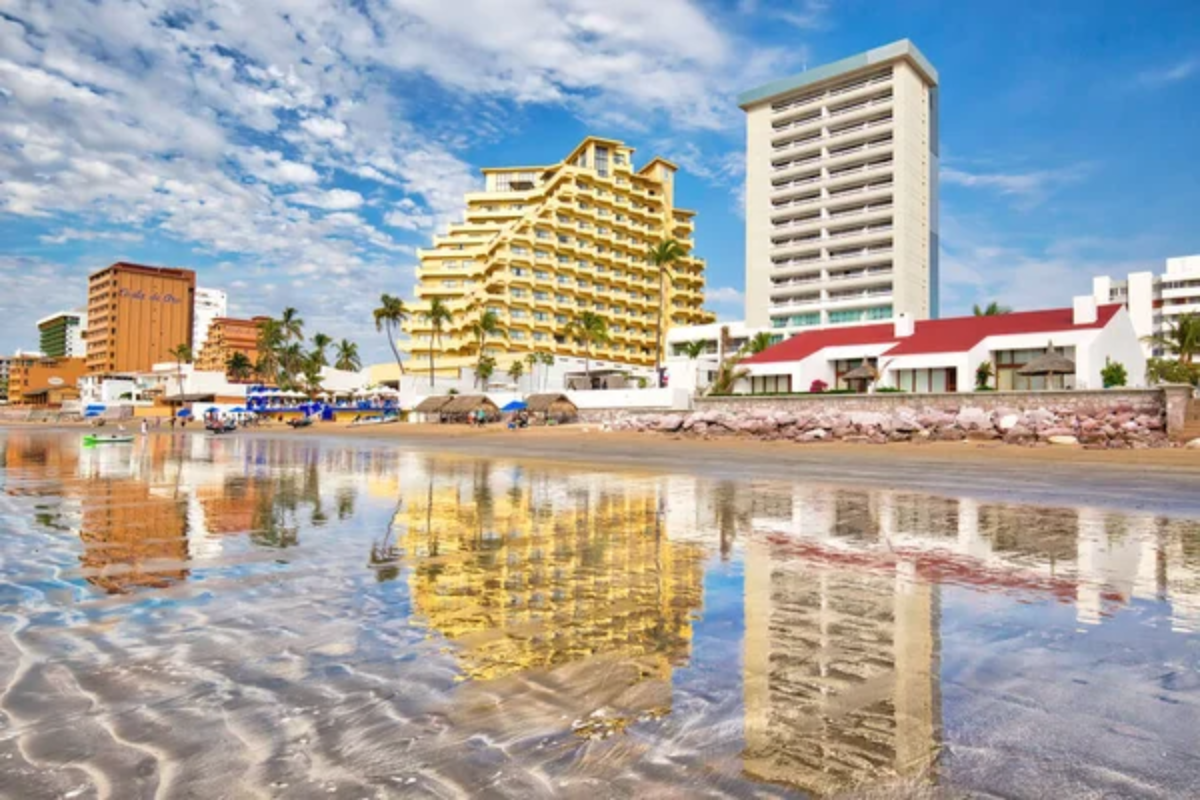
This Pacific coast city combines seafood traditions with influences from German and Filipino immigrants who arrived during the 19th century. The city’s malecón features dozens of marisquerías serving aguachiles, ceviches, and pescado zarandeado – a butterflied fish grilled over mangrove wood.
The city’s central market offers both raw ingredients and prepared specialties like chilorio (chile-marinated pork) that demonstrate Sinaloa’s distinctive regional cooking. Local bakeries show European influences in items like alemanas while maintaining Mexican traditions with conchas and empanadas.
The combination of extraordinary seafood availability and multicultural history has created a distinctive cuisine that differs significantly from interior Mexican regions.
Like Travel Pug’s content? Follow us on MSN.
Guadalajara
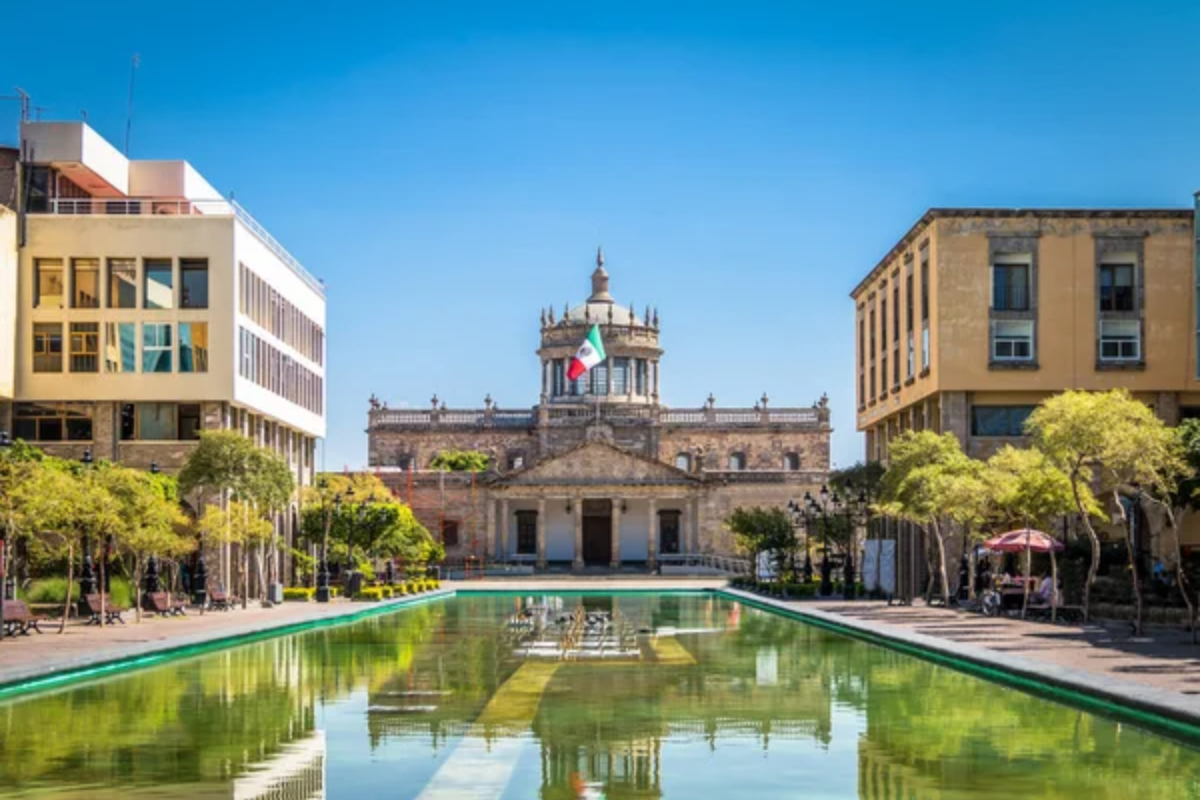
Mexico’s second-largest city serves as the birthplace of iconic dishes that have become national symbols, all available within its historic center. The city claims origin rights to birria (spiced goat or beef stew), tortas ahogadas (drowned sandwiches), and carne en su jugo (meat cooked in its juices).
The sprawling Mercado Libertad contains hundreds of food stalls serving regional specialties, while the surrounding Jalisco region produces the majority of Mexico’s tequila. Traditional cantinas serve botanas (free snacks) alongside drinks, creating informal food tours for visitors to sample the local spirits.
The city’s size supports both traditional establishments maintaining century-old recipes and innovative restaurants reimagining regional classics with contemporary techniques.
Tijuana
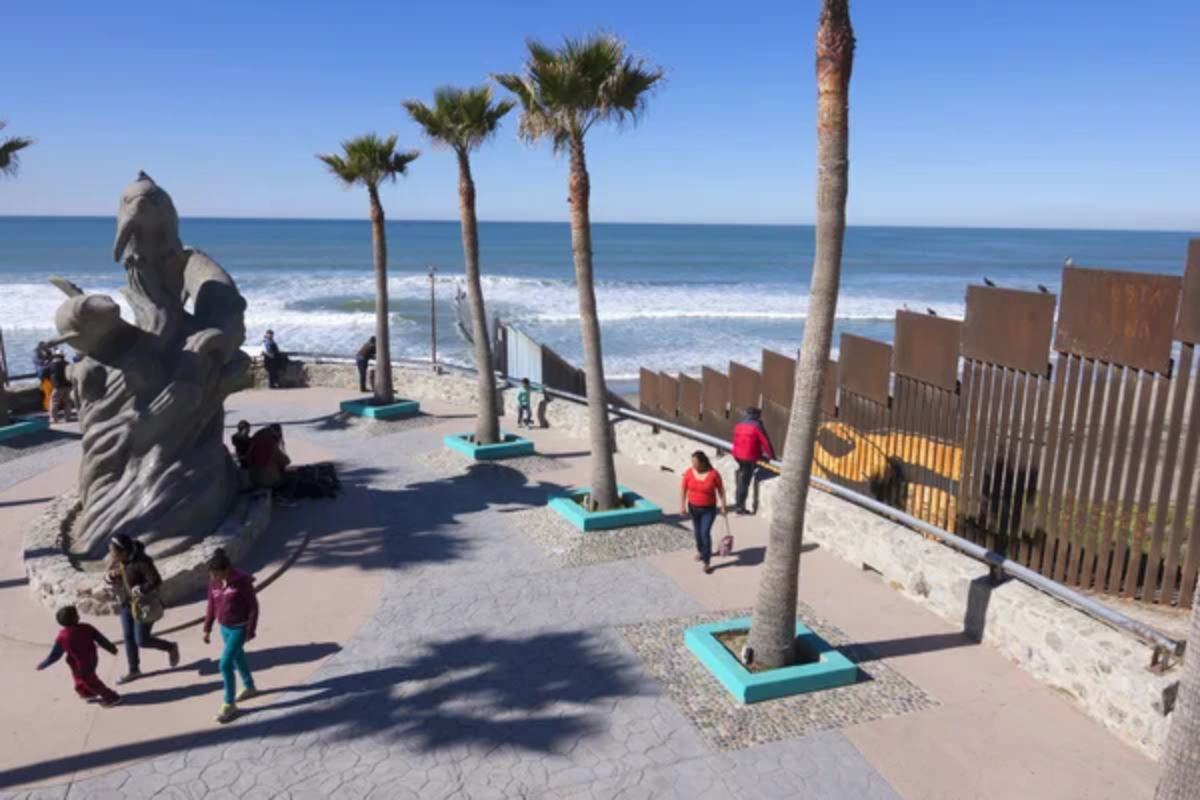
This border city has transformed from a tourist trap to a legitimate culinary destination through a new generation of chefs embracing Baja ingredients. The city’s Telefónica Gastro Park features food trucks serving sophisticated takes on regional cuisine, while traditional street carts offer unique border specialties like Tijuana-style beef birria tacos with consommé.
The Caesar salad was invented at the city’s Caesar’s Restaurant, which continues serving the original tableside preparation. Avenue Revolución now hosts craft breweries paired with sophisticated taquerías that elevate street food classics with high-quality local ingredients.
The city’s proximity to both American consumers and extraordinary Baja California produce has created a dynamic food scene that evolves more rapidly than interior regions.
Puerto Vallarta
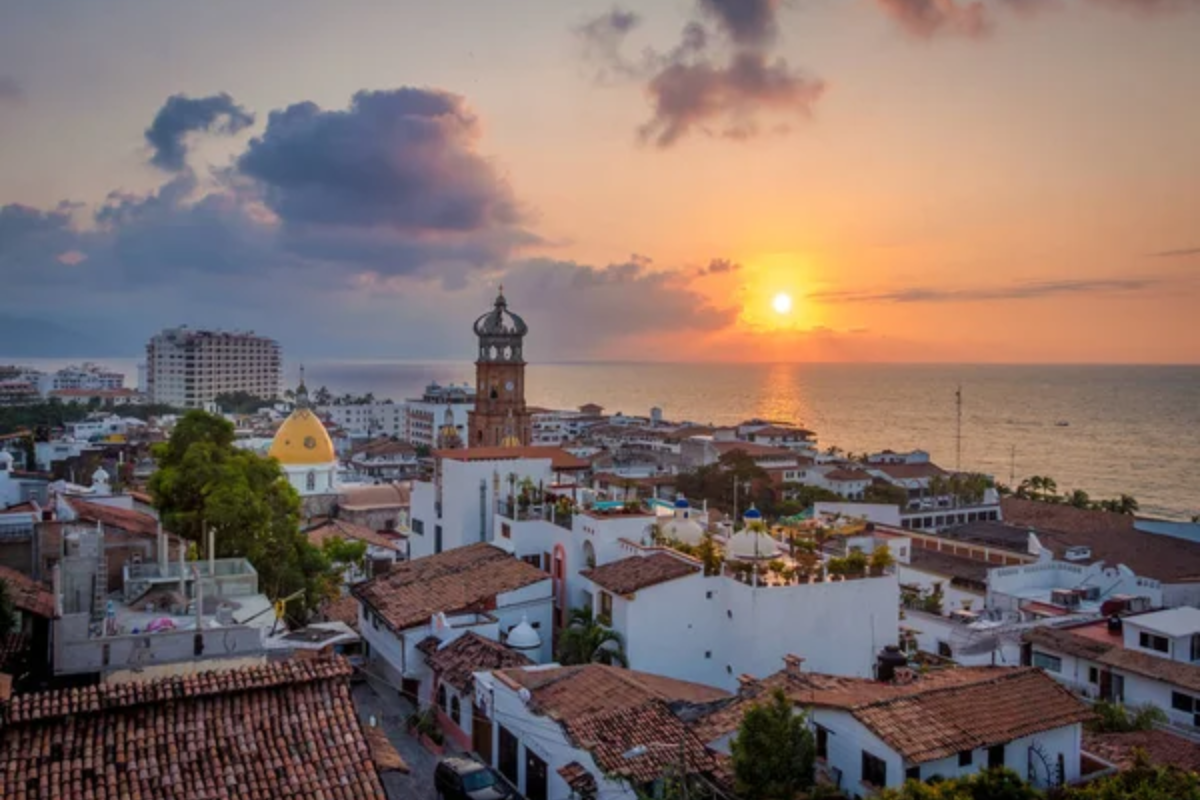
This coastal destination combines traditional Jalisco cooking with seafood abundance and international influences from decades of tourism. The city’s downtown features taco stands specializing in regional styles from across Mexico, while beachfront restaurants serve pescado zarandeado and huachinango a la talla (red snapper with chile rub).
The municipal market offers both ingredients and prepared foods like pozole and menudo served at counter stalls alongside tropical fruit vendors. Evening food tours through neighborhoods like Pitillal reveal local spots serving regional specialties away from tourist zones.
The city’s long history of international visitors has created a food scene that maintains authentic Mexican traditions while accommodating international palates.
Like Travel Pug’s content? Follow us on MSN.
Veracruz City
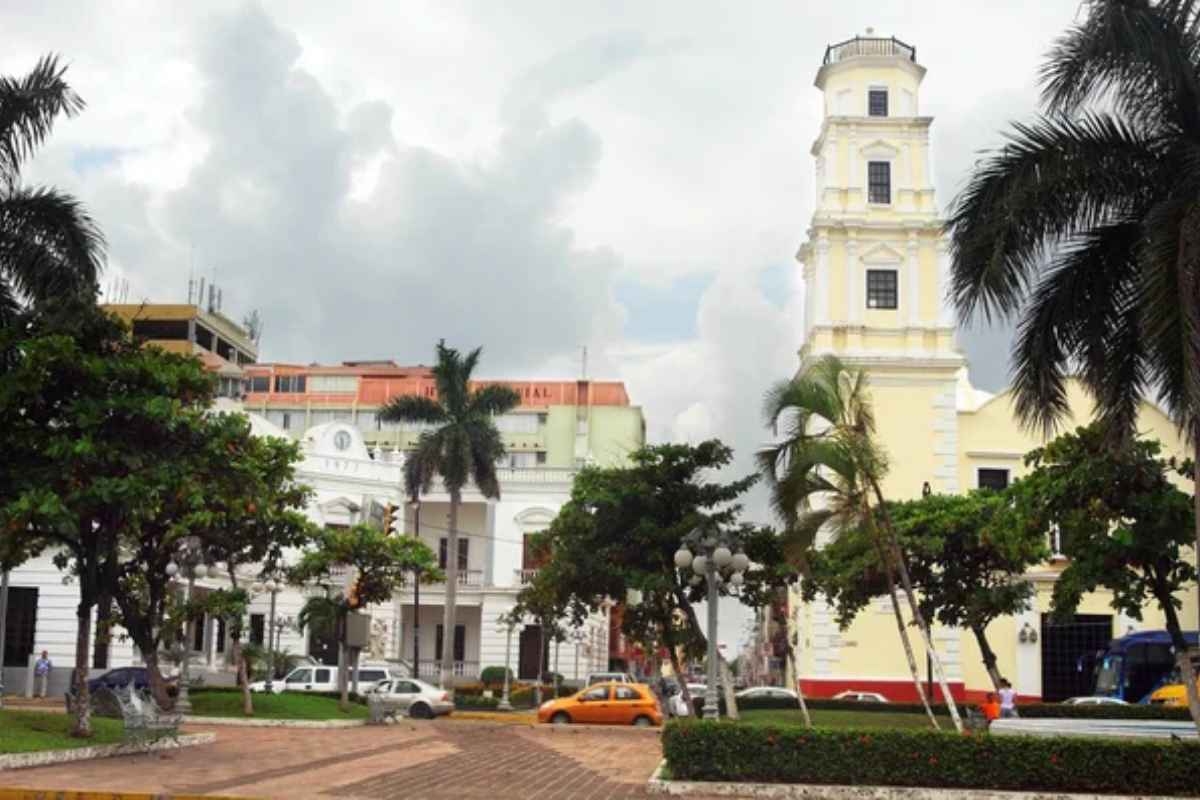
This Gulf port city displays its unique history through a cuisine blending indigenous, Spanish, and Caribbean influences distinctive from interior Mexican cooking. The central market offers the city’s signature dish, huachinango a la veracruzana – red snapper in tomato-olive-caper sauce – alongside coastal specialties like arroz a la tumbada (seafood rice).
Coffee culture thrives in the region, with cafés around the zócalo serving locally grown beans accompanied by pan de agua from nearby bakeries. Street vendors specialize in garnachas – thick corn tortillas topped with beef and salsa – available throughout the historic center.
The city’s position as Mexico’s oldest port created a cuisine that incorporated ingredients from arriving Spanish galleons while maintaining indigenous cooking methods.
Monterrey
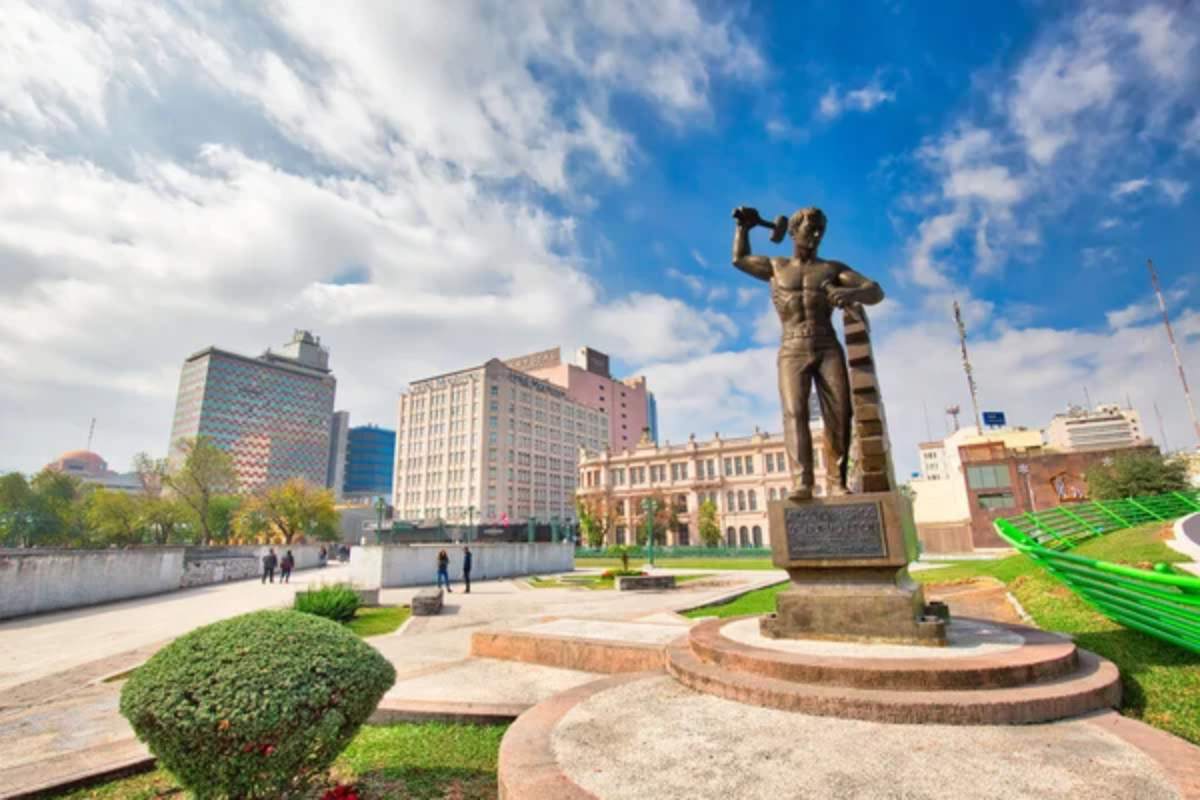
This northern industrial center offers hearty, meat-focused cuisine reflecting its cowboy heritage and proximity to the US border. The city specializes in cabrito – milk-fed kid goat prepared multiple ways – served in traditional restaurants called cabriterías throughout the city center.
Local meat markets double as restaurants serve macchiatos (kid goat organ meats wrapped in the intestine) and enormous steaks cooked over mesquite. The city’s signature breakfast, Machado con huevos (dried beef with eggs), appears on menus across the city alongside flour tortillas that replace the corn varieties common in southern Mexico.
The regional cuisine reflects northern Mexico’s cattle ranching tradition with minimal indigenous influence compared to southern states.
Morelia
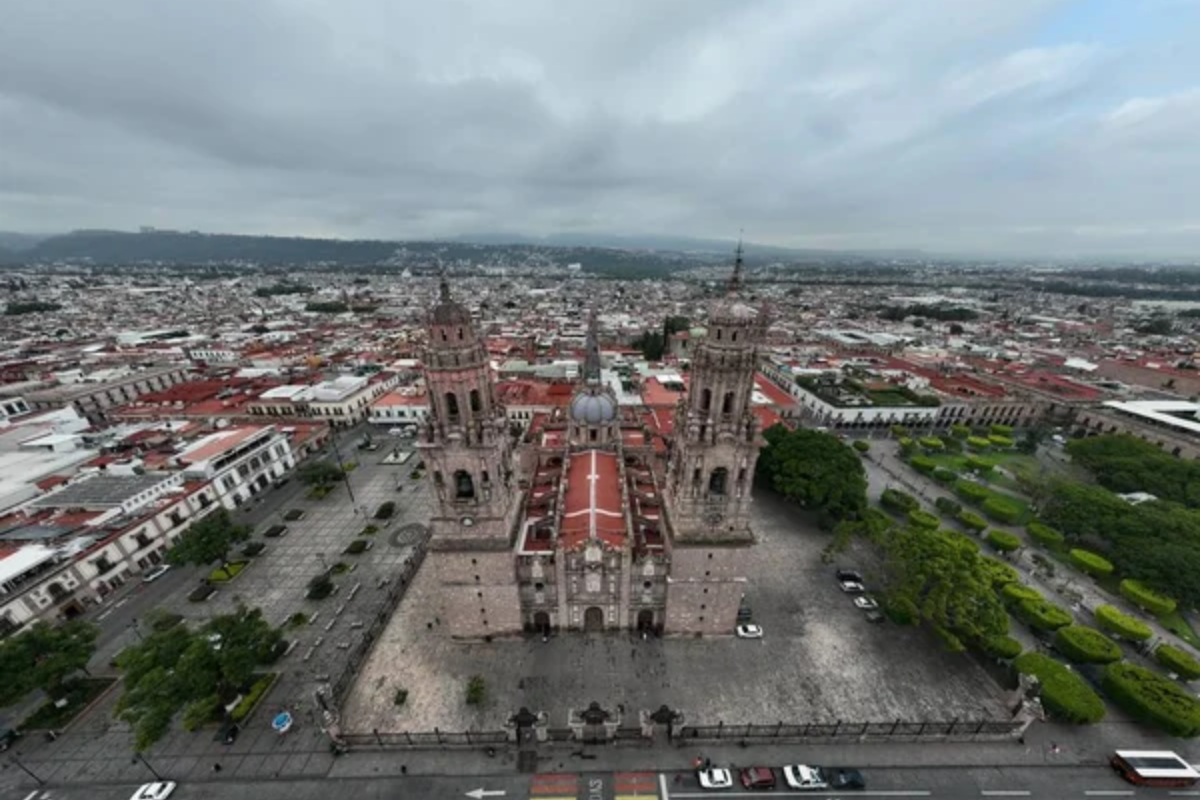
The capital of Michoacán offers sophisticated colonial-era cuisine alongside indigenous traditions from surrounding villages. The city’s signature dish, gazpachos moreliano, consists of tropical fruit topped with cheese, cream, and chile powder – entirely unrelated to the Spanish soup of the same name.
The nearby town of Santa Fe de la Laguna specializes in corundas – triangle-shaped tamales – while Morelia itself maintains traditions of convent sweets like ates (fruit pastes). The central market houses dozens of vendors selling carnitas prepared Michoacán-style alongside regional cheeses and baked goods.
The city’s long religious history created distinctive sweets and pastries originally developed in convents using local ingredients like guava and sugarcane.
Like Travel Pug’s content? Follow us on MSN.
San Cristóbal de las Casas

This highland Chiapas city showcases indigenous Maya cooking traditions distinct from other Mexican regions due to its isolation and unique climate. The municipal market features unusual regional ingredients like chipilin herb, tasajo (dried beef), and numerous varieties of wild mushrooms gathered from surrounding forests.
Local specialties include sopa de pan (bread soup), cochito (pork marinated in achiote and spices), and tamales with ingredients like hierba santa leaf unavailable in other regions. The city’s high altitude creates distinctive growing conditions for vegetables used in caldos (broths) served at market stalls throughout town.
The regional cuisine maintains strong pre-Hispanic elements with significant differences from the Maya cooking found in the Yucatán peninsula despite shared ancestry.
The Flavor Journey Continues
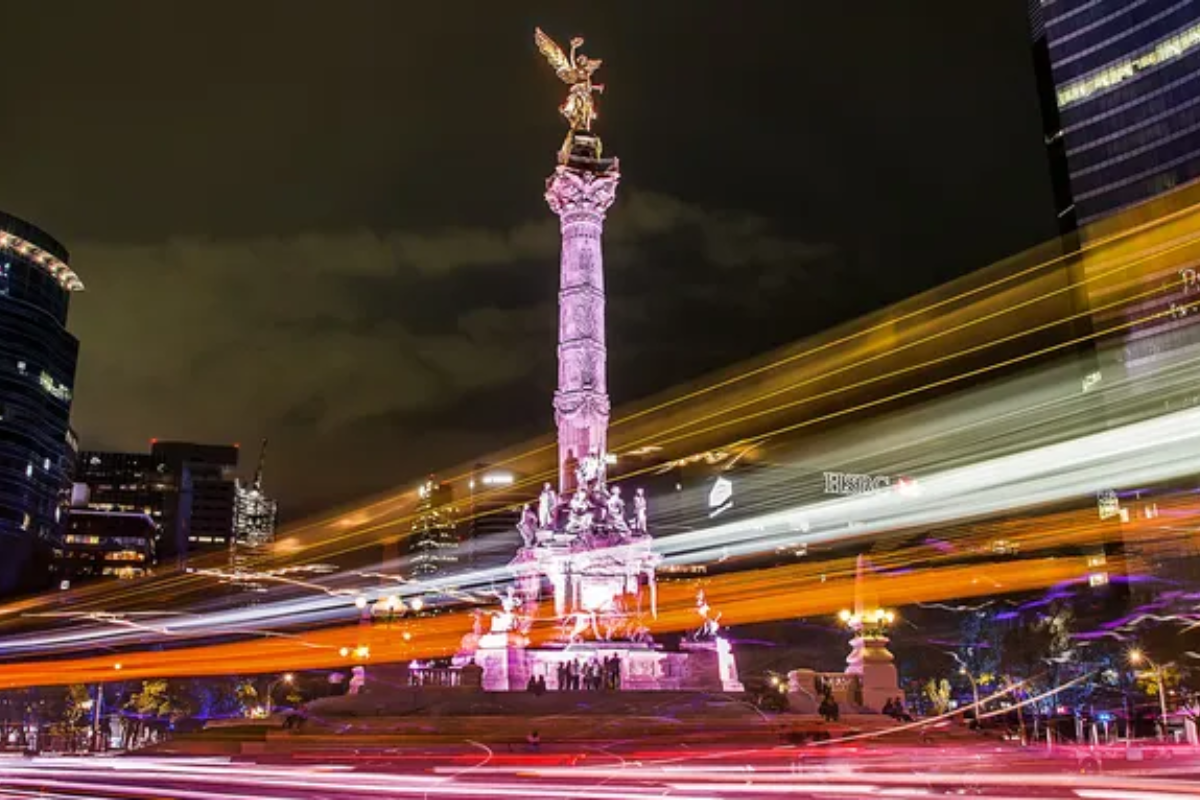
Mexican cuisine represents one of the world’s most regionally diverse culinary traditions, with techniques and ingredients that vary dramatically across the country’s varied geography. These fifteen destinations merely introduce the extraordinary regional specialties awaiting food-focused travelers willing to explore beyond familiar dishes.
The country’s food heritage combines indigenous agricultural brilliance, colonial influences, and international trade connections into distinctive regional cuisines that continue evolving while maintaining their essential character.
More from Travel Pug

- Cities Growing so Fast You Won’t Recognize Them in 10 Years
- 13 Destinations Where Tourists Regularly Regret Their Trip
- 20 Obscure WWII Sites Even History Buffs Don’t Know About
- 10 Under-the-Radar Mountain Towns That Are Both Affordable and Beautiful
- Remote Villages in Europe Where You Can Live for Free in Exchange for Work
Like Travel Pug’s content? Follow us on MSN.
